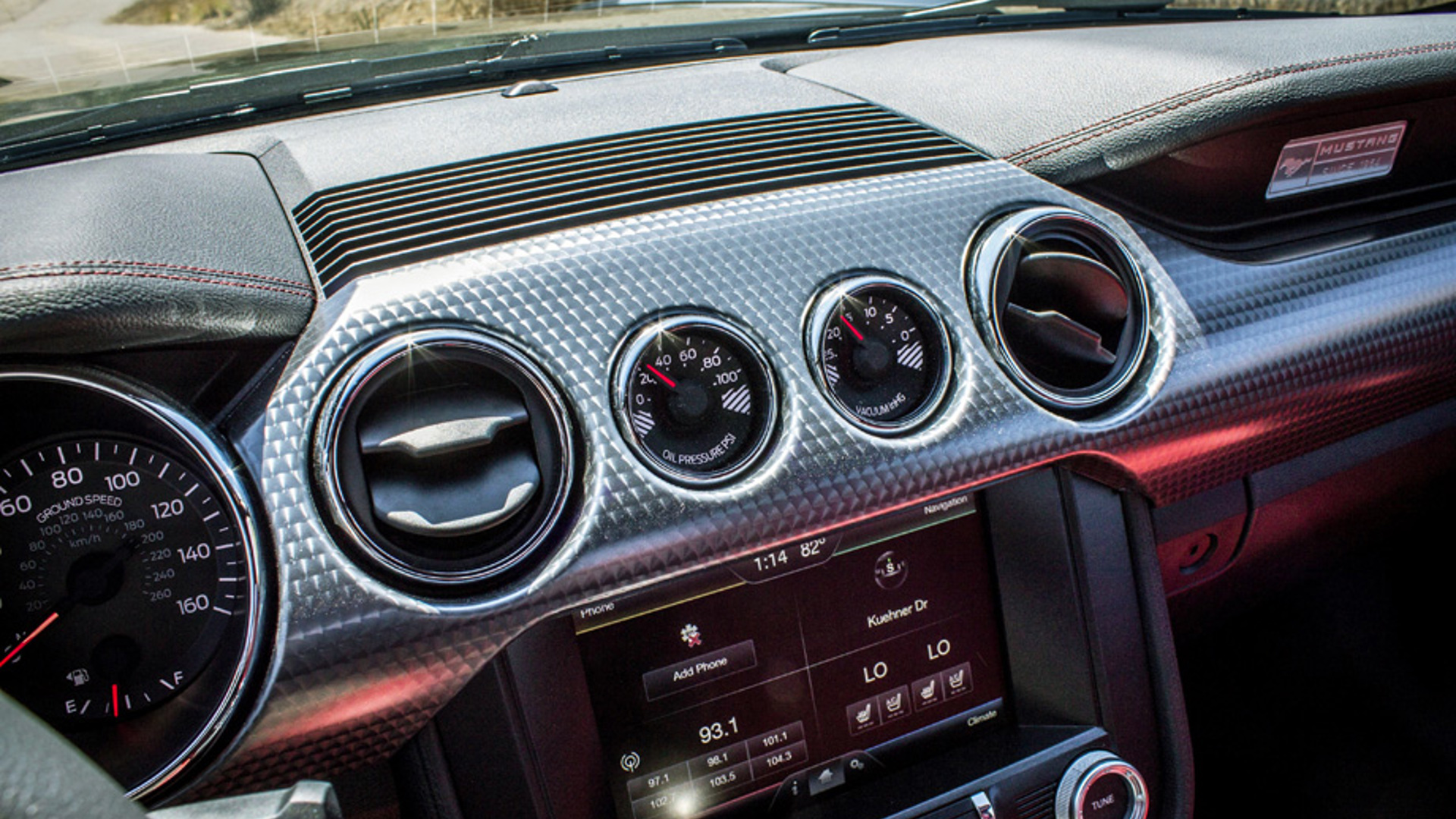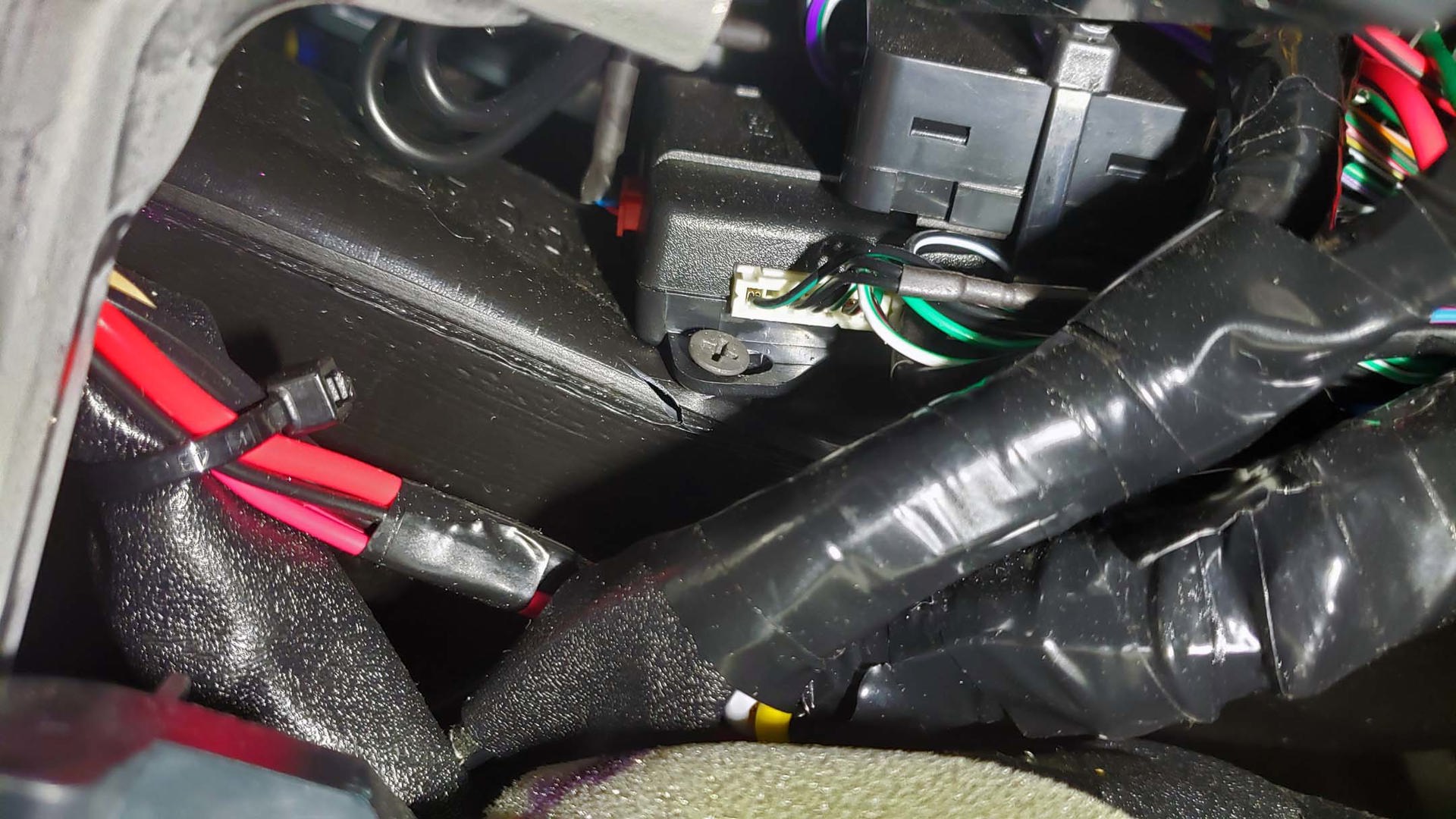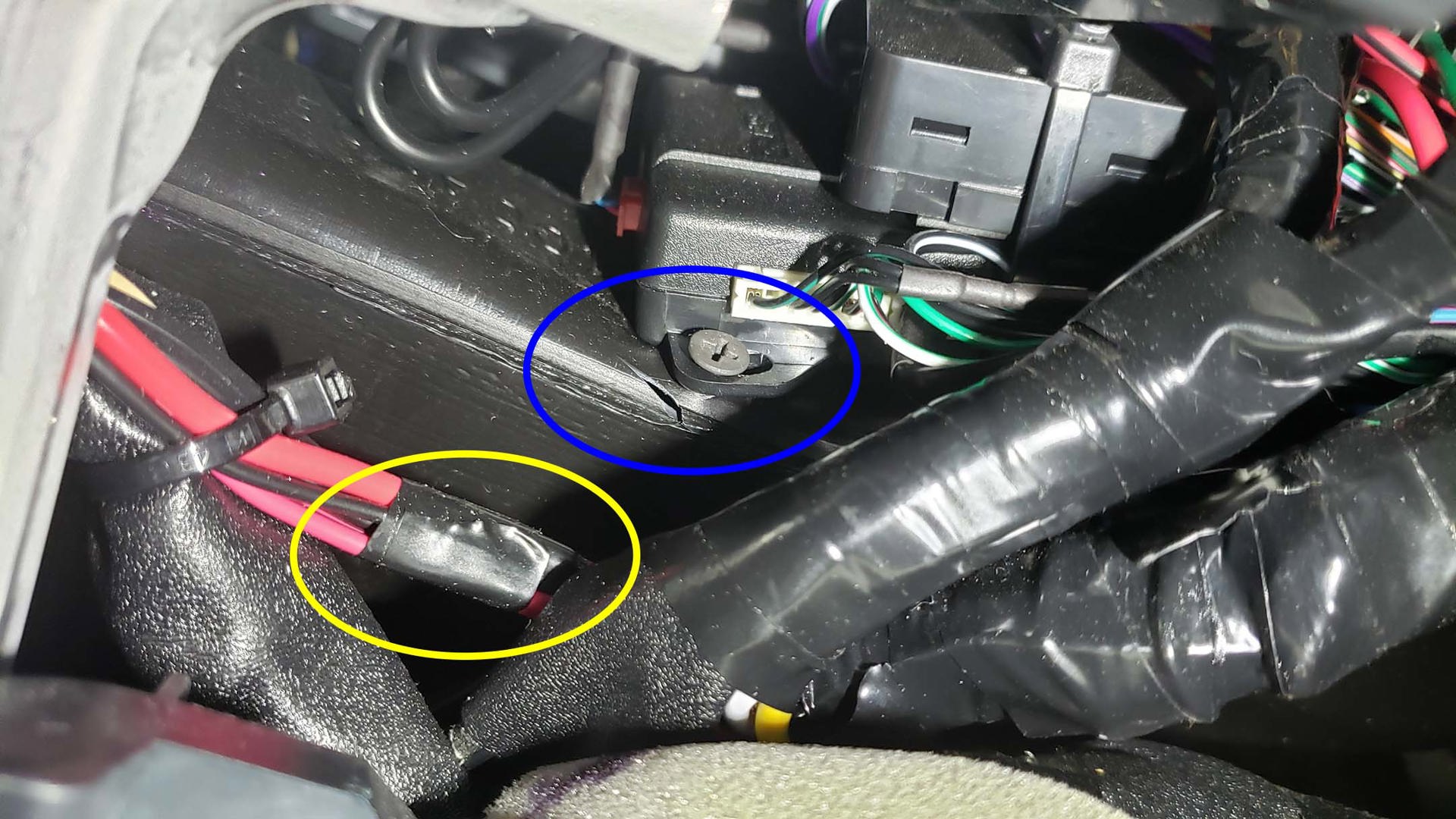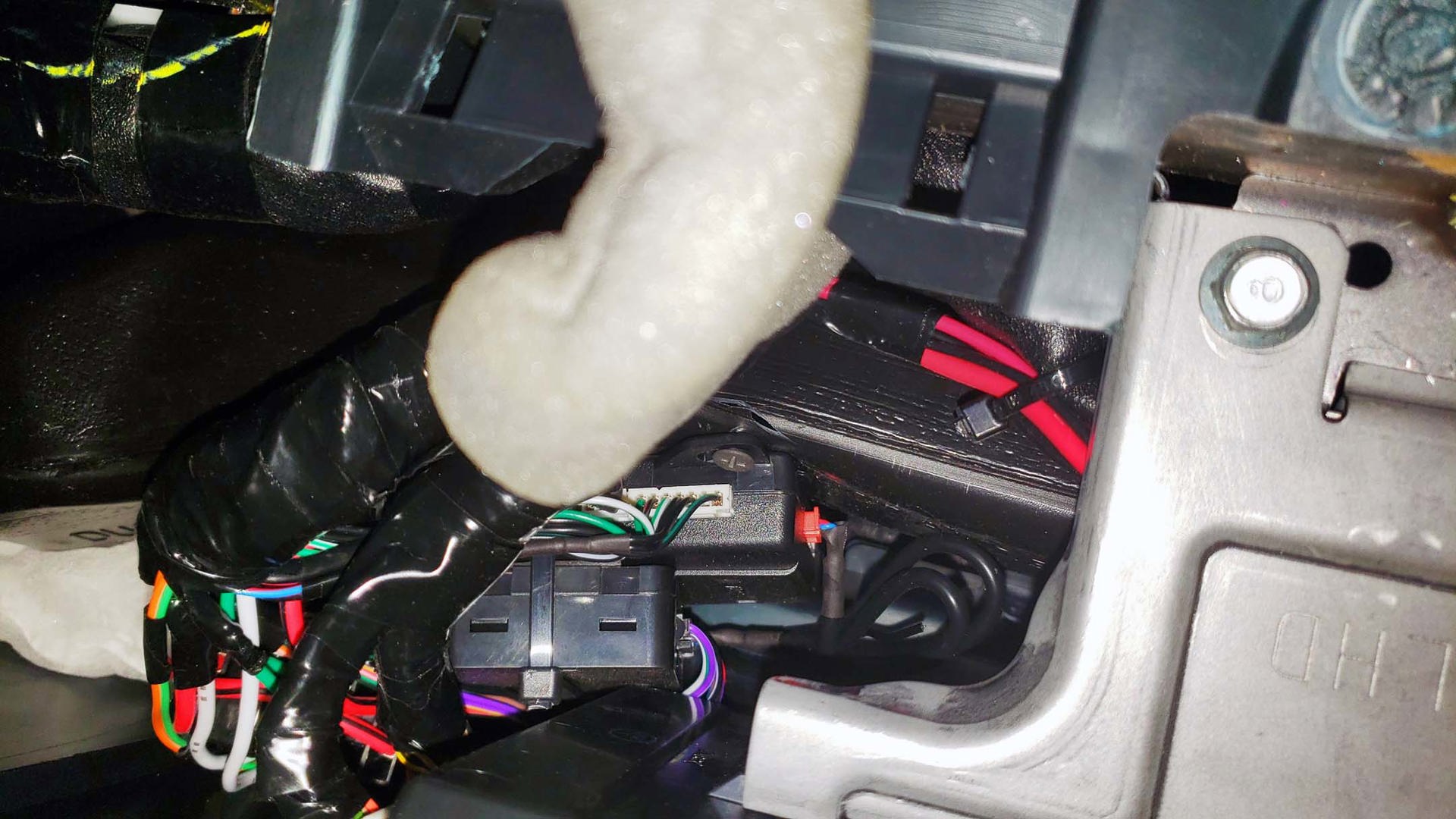Welcome to Goof of the Month, our monthly dip into the world of automotive cluelessness, fearing for the worst, and stories about the need for drivers and shoppers to understand their vehicle, how to maintain it, and how it works.
Today, a fun story (and an important lesson) from Lori Boerio, a service advisor at a dealership in Northern Ontario.
Here’s the setup: a customer buys a brand-new sports sedan from her dealership, and several weeks later, decides to replace the factory stereo unit with an aftermarket upgrade.
Surely, having spent about $35,000 on the brand-new car, and several hundred more on the upgraded head-unit, this customer also coughed up a few extra bucks to have said head-unit installed professionally, using best practices and quality parts, right?
Not a chance.
“The customer decided to tackle the head-unit install on their own, at home,” Boerio says. “The result, it seems, was that they became frustrated, made a few mistakes, rushed the job, and caused considerable damage to two other systems in the process.”
The first system damaged by this customer’s do-it-yourself install was the airbag system. The resulting airbag system warning light is what prompted his visit to the dealership.
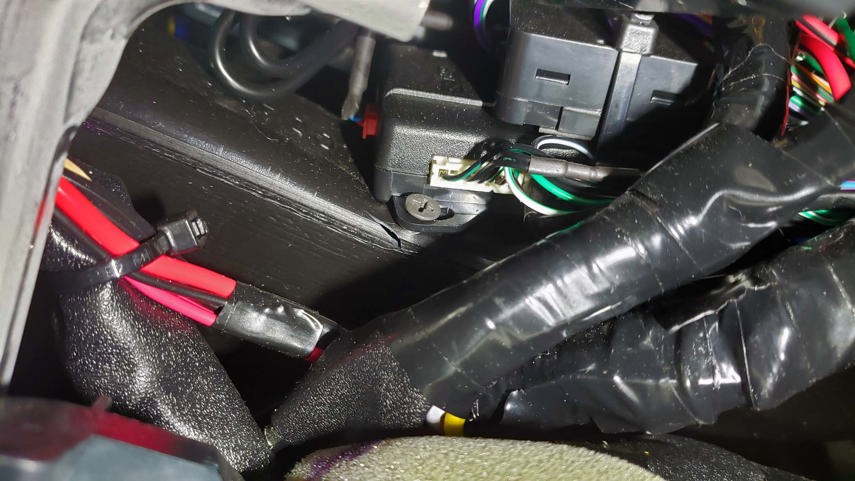
“When this light appears, something isn’t working properly in the airbag system – which is a serious safety concern. Most owners take corrective action right away, which is the right thing to do. If the airbag light is on, you’re not protected fully in the event of a crash, simple as that.”
The customer thought that the airbag light related to some issue that would be covered by their new car warranty, which normally, would be the case. “We don’t see that too often on vehicles this new,” Boerio explains. “If we do, it’s usually a fairly easy fix.”
Unfortunately for the customer, the airbag warning light had illuminated because of a problem caused by the audio system install.
“For any warranty claim, we need to determine a cause of the problem or failure. Once that cause is determined, we move ahead accordingly. If the problem is warranty-applicable, the repairs are covered – but that wasn’t the case here.”
Turns out, while installing the aftermarket audio head unit, the customer accidentally cut a wire connected to the airbag sensor in the front passenger seat (circled in yellow, below). Boerio suspects that a short circuit may have resulted when the exposed wiring contacted another nearby metal part.
“In any case, the airbag sensor was pooched. These are highly sensitive, highly precise electronic parts – and this customer had just snipped one of its wires, likely caused a short circuit, and destroyed the sensor. They did, at some point, reconnect the wiring and tape it back together, poorly, though by this point the damage had already been done.”
The cost to replace and reprogram the airbag sensor, including the parts, labour, and repair of the wiring harness, totalled just shy of $2,000. Since the damage was caused directly by the owner’s modification of the vehicle’s wiring, the warranty claim was promptly denied.
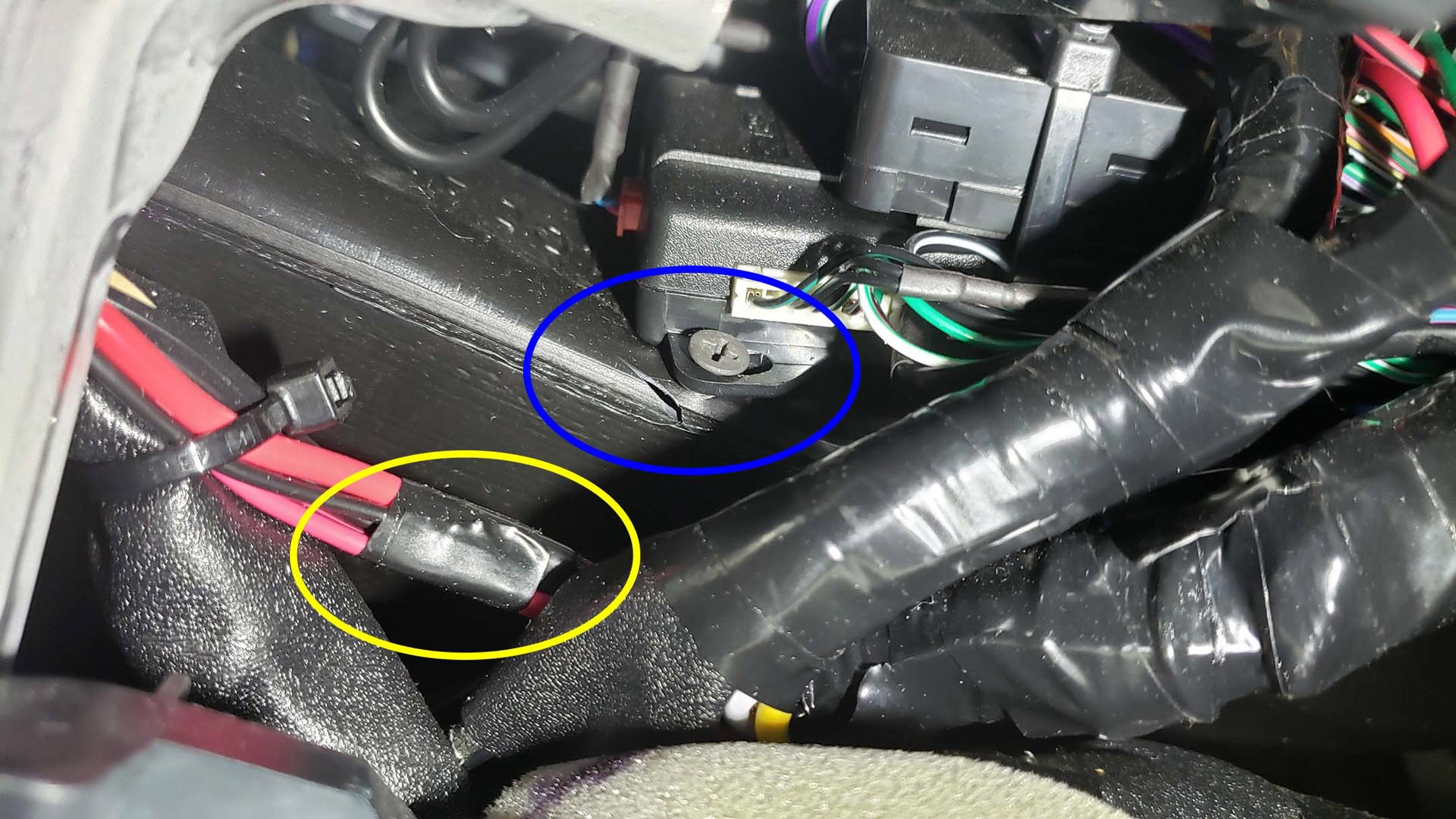
Sadly, this was not the end of the customer’s repair bill.
“While investigating the airbag sensor problem, our diagnostics also revealed another problem with the climate control system,” Boerio says. “Our technicians checked into this as well – and it turns out, the customer had caused some damage here, too.”
The audio system installed by the customer included a small electronic module, which needed to be secured or fastened to keep it from moving around – ideally in a location somewhere beneath the dashboard.
“Apparently, the customer had initially left this module hanging freely by its wiring, beneath the dashboard. But it was able to move around a little, and this caused a rattle that the customer needed to fix.”
Unfortunately, the customer decided to fix this issue by (literally) screwing the module directly into a nearby heater duct, using a screw that was about 1.5 inches long (circled in blue, above).

“This was a head-scratcher, and there are a half-dozen better ways to fix this problem, even if you do decide to take the lazy way out. In this case, the screw caused some damage to an internal actuator, which helps the system control air temperature and distribution. With the damaged actuator, the climate control system can’t work properly, and performance of the heat and air conditioning systems would have suffered, perhaps drastically.”
The screw broke off a piece of the plastic duct, pushing it up and into the path of the actuator, virtually eliminating its ability to control air flow and temperature through that part of the climate control system. The repair required a new duct assembly, a new actuator, and several hours of labour to install.
Boerio estimated the repair cost for the actuator at about $1,000. “As customers sometimes do, this one asked if the repairs might be covered by warranty. Of course, they weren’t.”
The takeaway?
“Warranties don’t cover damage or wear caused by user error, modification, or negligence. With warranties, it’s all about money – but in this case, the customer learned his lesson the hard way. He saved a few dollars on the install, but cost himself about $3,000 worth of damage to a car that hadn’t even had its first oil change yet. At least the screw stopped the rattle.”
